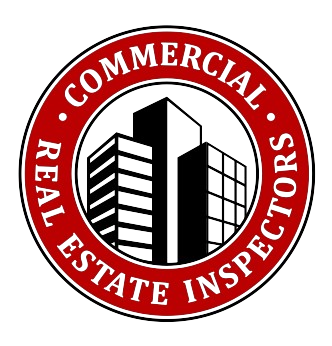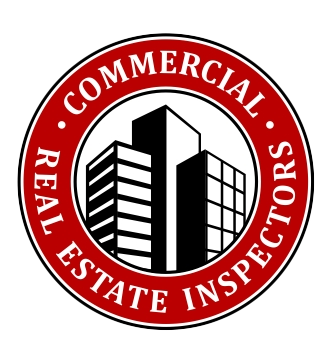The Energy Efficiency Standards for Residential and Nonresidential Buildings were established in 1978 in response to a legislative mandate to reduce California’s energy consumption. The standards are updated periodically to allow consideration and possible incorporation of new energy efficiency technologies and methods.
California Building Efficiency Standards
According to the California Energy Commission, the 2008 Standards went into effect January 1, 2010, and supersede the 2005 Standards. Projects that apply for a building permit on or after this date must comply with the 2008 Standards.
California’s building efficiency standards (along with those for energy efficient appliances) have saved more than $56 billion in electricity and natural gas costs since 1978. It is estimated these standards will save an additional $23 billion by 2013.
Building Efficiency Standards & Commercial Real Estate
Okay, what does all this mean to the Commercial Real Estate field? It means that buildings, as they are remodeled and upgraded, will need to meet much stronger energy efficiency requirements. This will affect virtually all areas such as the type of windows that are installed, the types of Heating and AC units used, the type of light bulbs installed, the roofing materials used, the type of plumbing fixtures allowed and on and on. The regulation delineating energy requirements alone is 176 pages long!
The most notable areas that will be affected are the Heating and Air and the roofing from a buyer’s standpoint. These are the two systems that wear out the fastest and are the most costly.
Cool Roofing
The best roofing solution I have come across recently is the “cool roofing” methods. There are many types and styles but all are much more energy efficient, keep the interior of the buildings cooler thus using less energy and usually cost roughly ½ of what a new traditional roof does. Many times this type of roof can be installed over existing roofing materials.
Unfortunately for Heating and AC, I have found the opposite to be true. Just a few years ago a commonly used roof mounted unit cost approximately $1800 to buy plus the labor to install it. Now, this same unit is well over $3,000 just to purchase and will be more in the near future. The reason for these costs all have to do with energy efficiency. It is true they are much more efficient and over the long run, 7 – 10 years, usually will end up saving money but most commercial buyers want current costs to be the lowest and the units to last the longest.
The current 2008 standards may be downloaded from the Web page listed below, or to obtain a hard copy, contact the Energy Commission’s publications unit at 916-654-5200.


